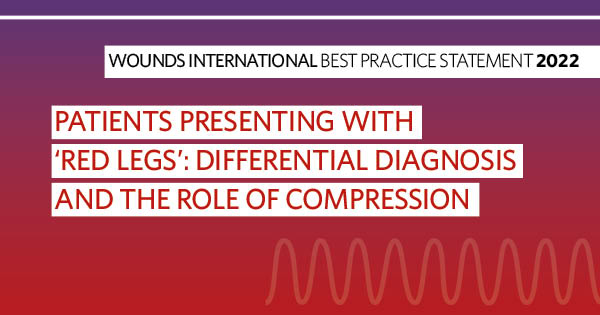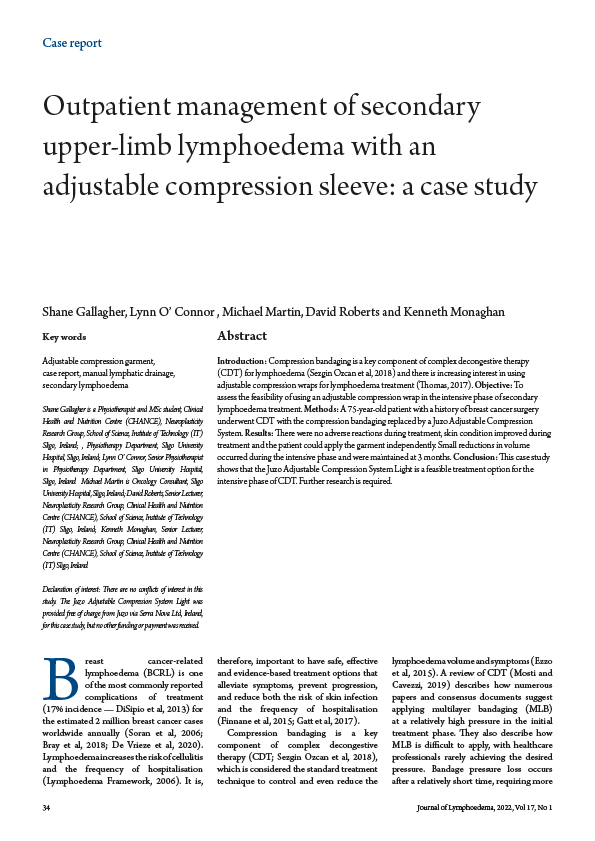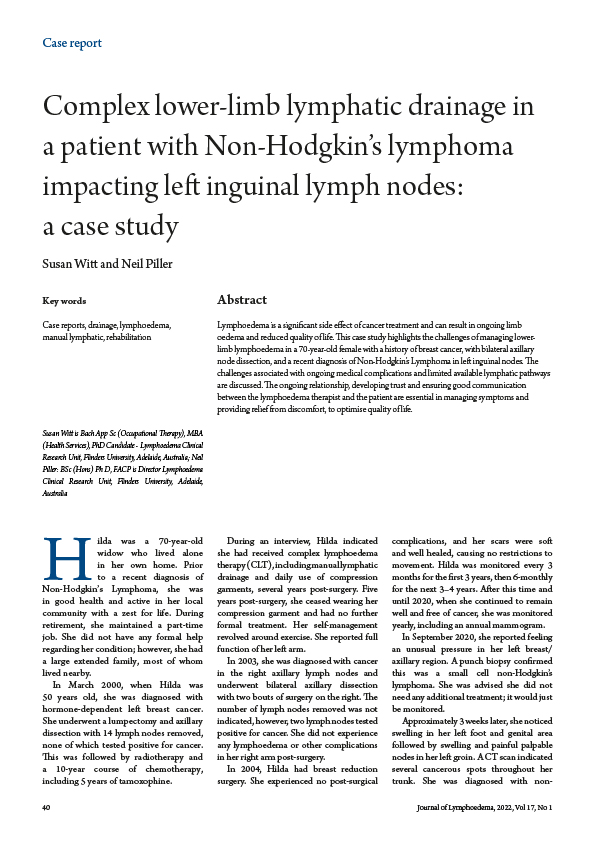<p>The Starling hypothesis and available data on the physiology of the microcirculation provide a clear model for understanding how arterial, capillary and venous haemodynamics may affect the production of lymphatic fluid. This review considers the studies that have focused on venous and arterial haemodynamics and calf muscle pump function. Although the evidence base available is small, changes in the haemodynamics of lymphoedematous limbs have been identified. Arterial inflow appears to be increased, while venous outflow is decreased, both of which result in high hydrostatic pressures within the microcirculation. The pathophysiology of these changes remains unclear and, at present, there are few available interventions.</p>





